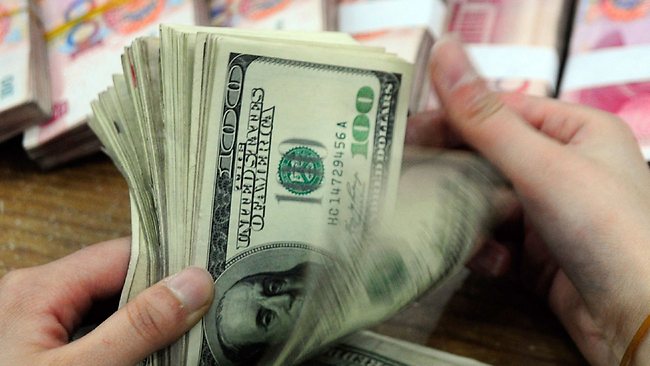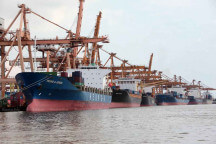WASHINGTON: In 2013, Pakistan received a total of $14.9 billion from its nationals working abroad, says a report prepared by a US think-tank, Pew Research Centre.
India was the top global recipient of remittances in the year ending this week, followed by China. They also were the top receiving nations among middle-income countries. In 2013, India received an estimated $71bn in remittances, and China $60bn. Among the other top middle-income receiving nations for remittances are the Philippines, $26bn, Mexico, $22bn, and Nigeria, $21bn.
Bangladesh topped the list of low-income countries with $15.2bn, followed by Nepal, $5.4bn.But given the size of their populations, all three smaller South Asian nations – Pakistan, Bangladesh and Nepal – received higher per capita remittance than their larger neighbour, India. According to 2012 estimates, India has population of 1.237bn, Pakistan 179.2 million, Bangladesh 154.7m and Nepal 27.47m.
Among high-income nations, the top five remittance receivers were France, with an estimated $22bn, Germany, $15bn, Belgium, $11bn), Spain, $10bn and South Korea, $9bn).
The United States, which received an estimated $6bn in remittances in 2013, ranks ninth among high-income nations.
The report shows that remittances worldwide have nearly tripled since 2000 and experienced only a one-year dip during the recent recession. Remittances to middle-income countries—the birthplace of a rising share of immigrants worldwide—have more than tripled since 2000, and middle-income nations account for a markedly increased share of all remittances over that period. After a one-year decline in 2009 during the Great Recession, remittances worldwide recovered the following year and have continued to rise. Remittances to all nations declined 7 per cent ($30bn) in 2009, to $420bn, but by 2010 were slightly higher ($452bn) than they had been in 2008 ($450bn).
For those countries with available data, remittances rose 22pc from 2009 to 2013.
This year the world’s middle-income nations as a group received an estimated $363bn in remittances. That represented growth of 36pc since 2000.
As with remittances overall, remittances to middle-income countries declined in 2009 but picked up the following year to exceed the 2008 total. From 2009 to 2013, remittances to middle-income nations grew by 24pc.
From 2000 to 2013, remittances to high-income nations as a group grew 64pc and to low-income nations increased more than six fold. Remittances to high-income nations declined during the recession, but remittances to low-income nations did not.
Remittances to high-income nations declined in 2009, rose in 2010 and by 2011 exceeded the total for 2008. Remittances to low-income nations have risen each year since 2000.
The researchers based their analysis on data provided by the World Bank and the United Nations, which cover 137 nations that received 93pc of estimated 2013 remittances. The researchers noted that patterns of global migration and remittances had shifted in recent decades, even as both the number of immigrants and the amount of money they sent home had grown.





